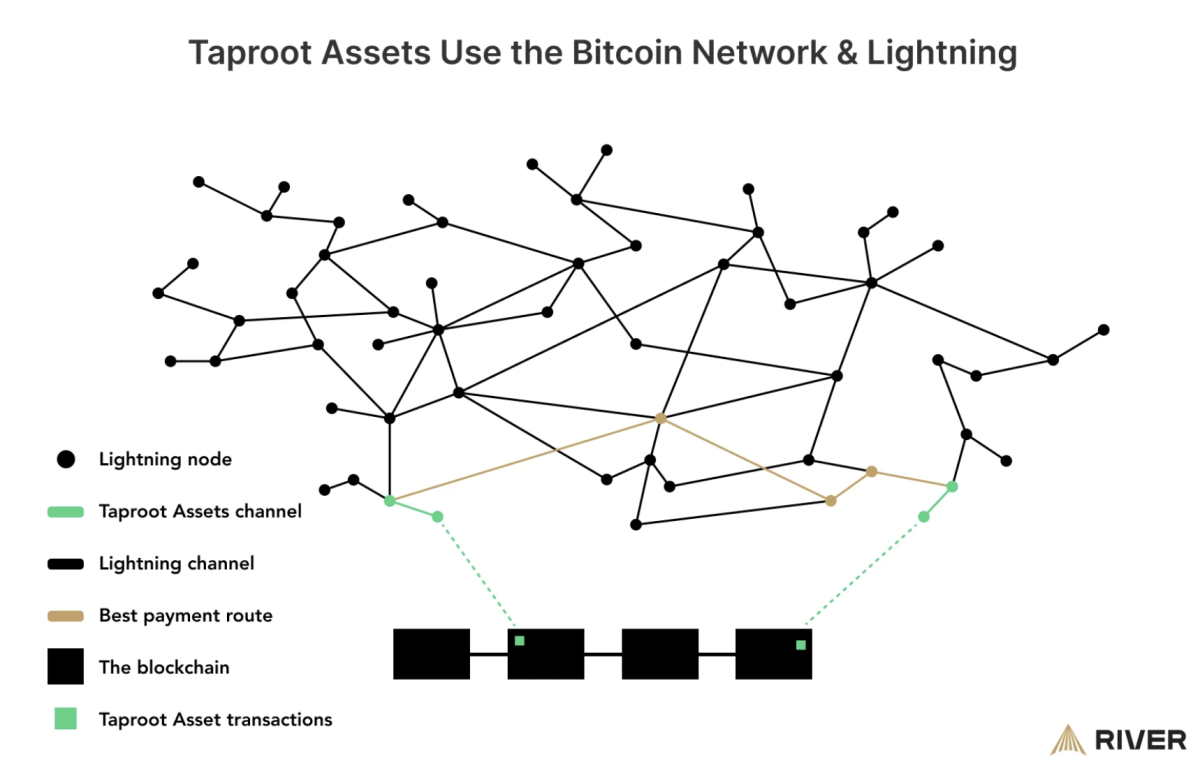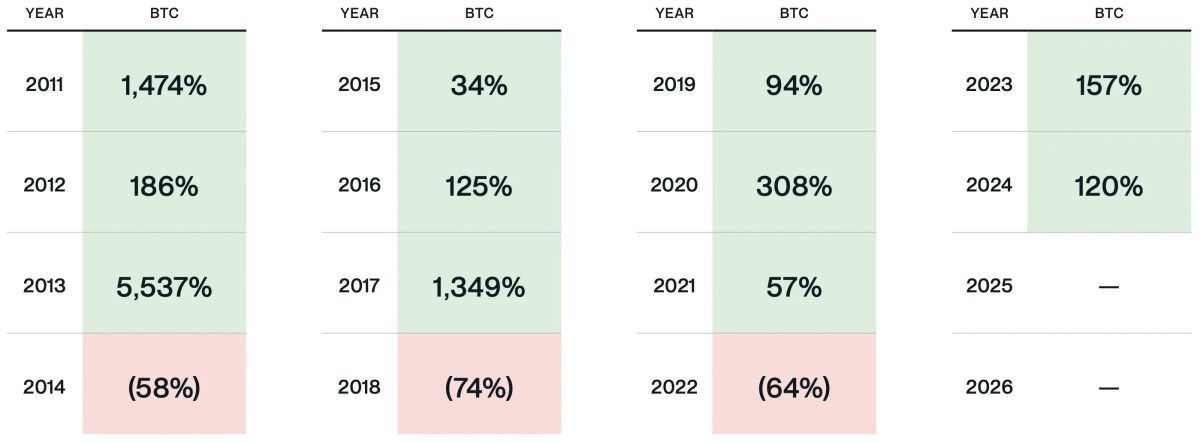
The government agency said that while deposits at insured banks were covered for up to $250,000, no such protections applied to those at crypto companies.
The United States Federal Deposit Insurance Corporation, or FDIC, has issued an advisory informing the public it “does not insure assets issued by non-bank entities, such as crypto companies.”
In a Friday notice, the FDIC advised banks in the U.S. that they needed to assess and manage risks in third-party relationships with crypto firms. The government agency said that while deposits at insured banks were covered for up to $250,000, no such protections applied “against the default, insolvency, or bankruptcy of any non-bank entity, including crypto custodians, exchanges, brokers, wallet providers, or other entities that appear to mimic banks.”
“Some crypto companies have misrepresented to consumers that crypto products are eligible for FDIC deposit insurance coverage or that customers are FDIC-insured if the crypto company fails,” said the FDIC. “These sorts of statements are inaccurate and can cause consumer confusion about deposit insurance and harm consumers under certain circumstances.”
Today, we issued an advisory to FDIC-insured financial institutions on FDIC deposit insurance and the risks of dealing with #crypto-asset companies. Read more ➡️https://t.co/rXHAoR9197. pic.twitter.com/KSAf2nmh9J
— FDIC (@FDICgov) July 29, 2022
The advisory followed a Thursday letter from the FDIC’s enforcement division, in which assistant general counsels Jason Gonzalez and Seth Rosebrock claimed crypto lender Voyager Digital had made “false and misleading” statements concerning insured deposits. The legal team suggested the FDIC would insure neither Voyager customers nor funds deposited to the platform against the firm’s failure.
“Customer confusion can lead to legal risks for banks if a crypto company, or other third-party partner of an insured bank with whom they are dealing, makes misrepresentations about the nature and scope of deposit insurance. Moreover, misrepresentations and customer confusion could cause concerned consumers with insured-bank relationships to move funds, which could result in liquidity risk to banks and in turn, could potentially result in earnings and capital risks.”
Related: FDIC wants US banks to report on current and intended crypto-related activities
The FDIC began insuring deposits in 1934, first starting with up to $2,500 in coverage. Since that time, the government agency reported no depositor “lost a penny” in an FDIC-insured bank, despite more than 9,000 such institutions failing before 1940. The FDIC reported that 561 insured banks failed between 2001 and 2022, reaching a peak of 157 in 2010.

You can get bonuses upto $100 FREE BONUS when you:
💰 Install these recommended apps:
💲 SocialGood - 100% Crypto Back on Everyday Shopping
💲 xPortal - The DeFi For The Next Billion
💲 CryptoTab Browser - Lightweight, fast, and ready to mine!
💰 Register on these recommended exchanges:
🟡 Binance🟡 Bitfinex🟡 Bitmart🟡 Bittrex🟡 Bitget
🟡 CoinEx🟡 Crypto.com🟡 Gate.io🟡 Huobi🟡 Kucoin.




















Comments